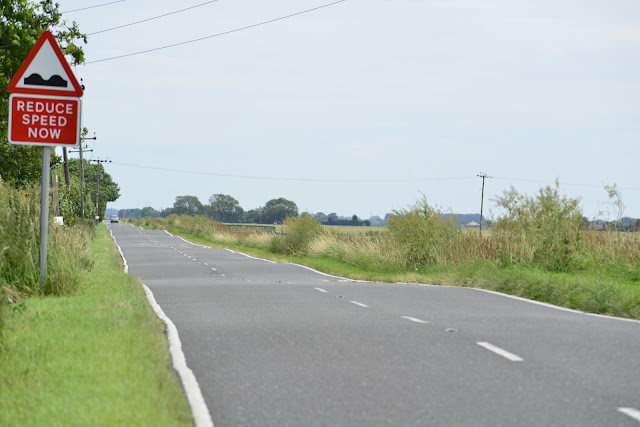New data from the BGS now available for testing
Most people are aware that the climate is changing and will continue to do so into the future, which is why at BGS we have been looking at whether climate change, in particular rainfall, will affect subsidence in future years.We have started to develop a new ‘GeoClimate’ data product as a result of this research that looks specifically at the most common cause of subsidence that occurs in Britain: shrinking and swelling clays.
What is shrink-swell?
Many soils contain clay minerals that absorb water when wet (making them swell), and lose water as they dry (making them shrink). We sometimes see this in our gardens when the ground becomes cracked during the summer, yet becomes 'heavy' in the winter. This shrink-swell behaviour is controlled by the type and amount of clay in the soil, and critically by seasonal changes in the soil moisture content. In other words, rainfall (either too much or too little) is a key factor in determining how much movement will be seen in clay-rich deposits. Read more about ground shrinkage and subsidence. |
| Shrinking clay |
 |
| Cracks formed in a house due to shrink-swell clay |
BGS research and data look into the future conditions
GeoClimate, the first in a series of climate change outputs, looks specifically at shrink-swell subsidence. By analysing historic weather trends, geological properties, soil moisture conditions and subsidence, we’ve been able to isolate key causal relationships and trigger thresholds. We have identified drought thresholds and aligned these with UKCP09 climate scenario projections. The results have been further validated with insurance claims data. The results confirm that subsidence hazards, on clay-rich deposits, are likely to increase in the future with increasing occurrence of longer drier summers and wetter winters. |
| Road in Lincolnshire showing subsidence |
How can it help?
The data will inform the design-life of buildings and assets, help to predict life-cycle costs and ensure assets are future-proofed. The data is designed to feed into, and enable prioritisation of:- asset management & maintenance regimes,
- project planning and costing
- longer-term resilience planning strategies
Now available for trial: have your say
A focus group of key stakeholders have helped to inform the development so far, however we’ve reached a point where we’re keen to ask you to help us steer the final phase of this data development.We are releasing two early versions as part of a beta trial and would like your feedback:
- a coarse summary dataset for the 2050 and 2080 climate scenarios
- a more detailed version that presents the minimum, median and maximum climate scenarios in 10 year periods from 2020 to 2080
Please contact digitaldata@bgs.ac.uk if you would like to review this brand new data set from the BGS.


Comments